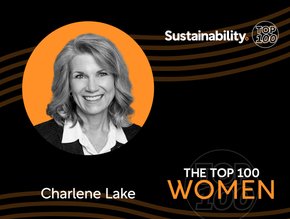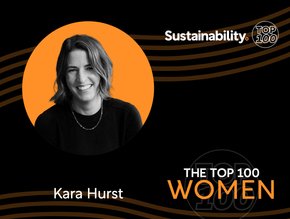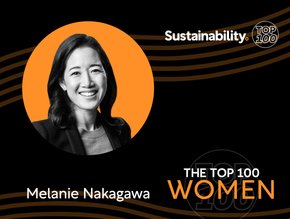What's stalling the move to 100% renewable energy?

The burning question of the energy sector: “When will we reach 100% renewable energy?”
While all countries work towards net-zero emissions at their respective rates, the exact date of entirely renewable energy production is yet to be determined. There are multiple factors affecting the current adoption of green energy and likewise the abolition of fossil fuels.
Hit by the effects of the Russia-Ukraine conflict, the world is seeing energy prices rise and the output peaks on a renewable basis. Much to their opposition, companies had to reopen coal power plants to cope with the reduction of energy supply, which is dragging along the date that the world will reach net zero.
As a result, and touched upon towards the end of 2022 by the International Energy Agency’s Executive (IEA) Director Fatih Birol, the demand for renewable energy solutions and expansion has grown rapidly. Corporations are working faster than ever to erect turbines, build infrastructure, and decarbonise their supply chains.
“Renewables were already expanding quickly, but the global energy crisis has kicked them into an extraordinary new phase of even faster growth as countries seek to capitalise on their energy security benefits. The world is set to add as much renewable power in the next 5 years as it did in the previous 20 years,” said Birol.
“This is a clear example of how the current energy crisis can be a historic turning point towards a cleaner and more secure energy system. Renewables’ continued acceleration is critical to help keep the door open to limiting global warming to 1.5 °C.”
Achieving ambitious targets
It’s safe to say that targets are ambitious but necessary. In order to align with the Paris Climate Agreement, renewable energy capacity is expected to increase by 2,400 gigawatts (GW) over the next four years, which is enough to power China in today’s circumstances.
In terms of its relationship with coal as a mass-power source, global renewable energy capacity is expected to overtake that of coal in early 2025, but great strides have already been made globally.
In 2022, the US drastically increased its green energy output to 14% in the wind and solar power categories—hydropower accounted for 6% of overall energy and biomass and geothermal made up 1%.
In the east, China remains one of the most polluted countries, but its ambition states its intentions for increasing zero-emission activities to decrease carbon intensity by more than 65% by 2030, which is likely going to be supported by the country’s leading position in electrification. The country is faced with a difficult challenge, considering the severity of its industries, yet it is in a great position to overcome its emissions and decarbonise a significant proportion of global trade.
Another point to consider is India, which is the largest and highest-polluting country and contributes billions of metric tons of carbon dioxide emissions annually. With coal being the most prominent source of energy in the country, eliminating it requires a complete energy overhaul of 45% of its total consumption. India is increasing its use of natural gas and working to decarbonise its transportation systems where possible.






